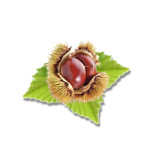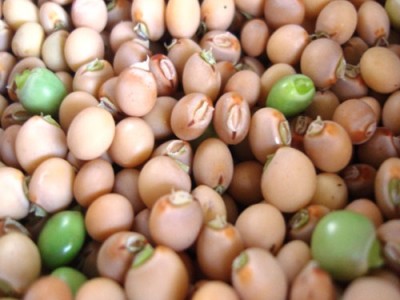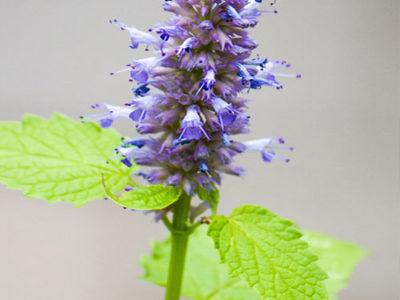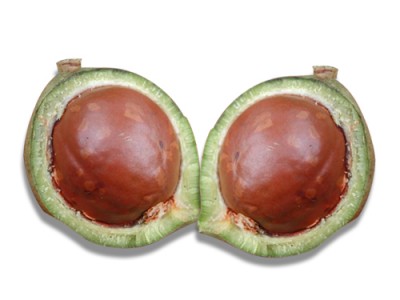
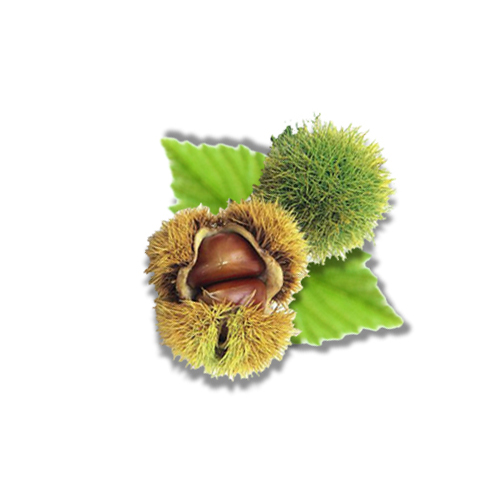
Chestnuts Nutrition Values and Health Facts
Description
The origin and existence of Chestnut is aged back into the old history with its related species scattered across Europe, Asia and North America. Though the domestication of the same is incomplete yet but the first chestnuts were recorded in China in around 900 A.D. It belongs to the family “Fagaceae” and the genus is Castanea. Many of its species are of supreme prominence in commercial purposes. Some of its related species that have sought worldwide popularity are Chinkspin (Castanopsis), Oak (Quercus), Tanoak (Lithocarpus) and Beech (Fagus). The term “Chestnut” originates from an English word “chasten nut“, which in turn has its roots in the old French word “Chastain“.
How it is Grown
Chestnuts grow best in a soil condition with good drainage and sufficient moisture content. They require proper sunlight exposure and an optimum rainfall factor. Chestnut trees have a moderate growth rate in the geographical zone of China and grow fast when they are in the American and European regions. Epigeal dormancy is not observed in the Chestnut fruit and thus they germinate right upon falling on the ground during autumns. The roots then emerge immediately from the seed and the leaves and stem in the spring that follows. The seeds lack a coating or internal food supply which causes them to lose viability soon after ripening and must be planted right away. These nuts are highly prone to pest attacks from mammals, birds and insects.
Uses Of Chestnuts
Chestnuts are almost always consumed cooked. The methods to cook chestnuts are roasting in pan or over (fresh only), boiling (fresh or dried), microwave (fresh only), and deep frying (fresh only). While fresh chestnuts form part of a recipe, dried chestnuts can be boiled until soft as a substitution for the fresh ones. Storing fresh chestnuts is challenging whereas dried chestnuts stay for longer periods of even up to a year under storage in a sealed container. Poor handling of these nuts would simply lead to bad quality of the same.
Health Benefits
- Important part of human diet
- Free of cholesterol
Nutrition Values
The Chestnuts are of great nutritional values and have been an important part of human diet for thousands of years. They are rich in carbohydrates and vitamin C, and a very interesting and useful fact about them is that they are free of cholesterol. A standard serving quantity of 143 g that comprises of about 7 large peeled chestnuts provides the following: Carbohydrates – 76 g, Sugars – 15 g, Dietary fiber – 7g, Protein – 5 g, Fat – 3 g, Sodium – 3 mg
Fact
The chestnut fruit, seed and tree are of high culinary and economical values. The chestnut flour can be used to prepare breads, cakes, pancakes, pastas, polenta, or used even as a thickener for stews, soups and sauces. Chestnuts prove to be of great importance when it comes to animal fodder and litter. Horses, cattle and pigs derive a good amount of nutrition from these nuts. As chestnuts are from the oak family, they provide a great deal of timber stock worldwide and dry chestnut firewood is a good fuel source. The tree is known to attract a good lot of animals like jays, pigeons, wild boars, squirrels and deer that feed on the nuts and leaves. The chestnut tree also stands as a vital source of biomass production and plays a major role in enhancement of biodiversity.

